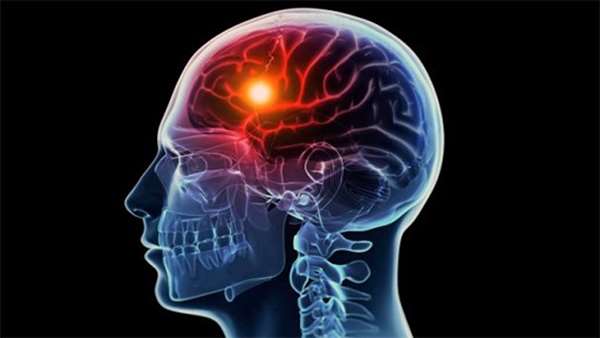Transplantation of iPS cell-derived neural progenitors overexpressing SDF-1α increases regeneration and functional recovery after ischemic stroke
Ischemic stroke is a leading cause of human death and disability while clinical treatments are limited. The adult brain possesses endogenous regenerative activities that may benefit tissue repair after stroke. Trophic factors such as stromal cell-derived factor 1 alpha (SDF-1α) are upregulated in the ischemic brain, which promote endogenous regeneration.
Ischemic stroke is a leading cause of human death and disability while clinical treatments are limited. The adult brain possesses endogenous regenerative activities that may benefit tissue repair after stroke. Trophic factors such as stromal cell-derived factor 1 alpha (SDF-1α) are upregulated in the ischemic brain, which promote endogenous regeneration.
The regenerative response, however, is normally insufficient. Transplantation of exogenous cells has been explored as regenerative therapies. One promising cell type for transplantation is induced pluripotent stem (iPS) cells which are cells genetically reprogrammed from adult somatic cells. We hypothesized that transplanting neural progenitor cells derived from iPS cells (iPS-NPCs) could provide cell replacement and trophic support. The trophic factor SDF-1α was overexpressed in iPS-NPCs by lentiviral transduction to test if SDF-1α could increase regeneration in the ischemic brain. These SDF-1α-iPS-NPCs were differentiated in vitro to express mature neuronal and synaptic markers.
Differentiated cells expressed functional Na+ and K+ channels, and fired action potentials. In the oxygen glucose deprivation (OGD) test, SDF-1α-iPS-NPCs survived significantly better compared to control iPS-NPCs. In mice subjected to focal cerebral ischemia in the sensorimotor cortex, iPS-NPCs and SDF-1α-iPS-NPCs were intracranially transplanted into the ischemic cortex 7 days after stroke.
Neuronal differentiation of transplanted cells was identified using NeuN 14 days after transplantation. Mice that received SDF-1α-iPS-NPCs had greater numbers of NeuN/BrdU and Glut-1/BrdU co-labeled cells in the peri-infarct area and improved locomotion compared to the control iPS-NPC transplantation. Thus, SDF-1α upregulation in transplanted cells may be a therapeutic strategy to enhance endogenous neurovascular repair after ischemic stroke in adult mice.





ارسال به دوستان